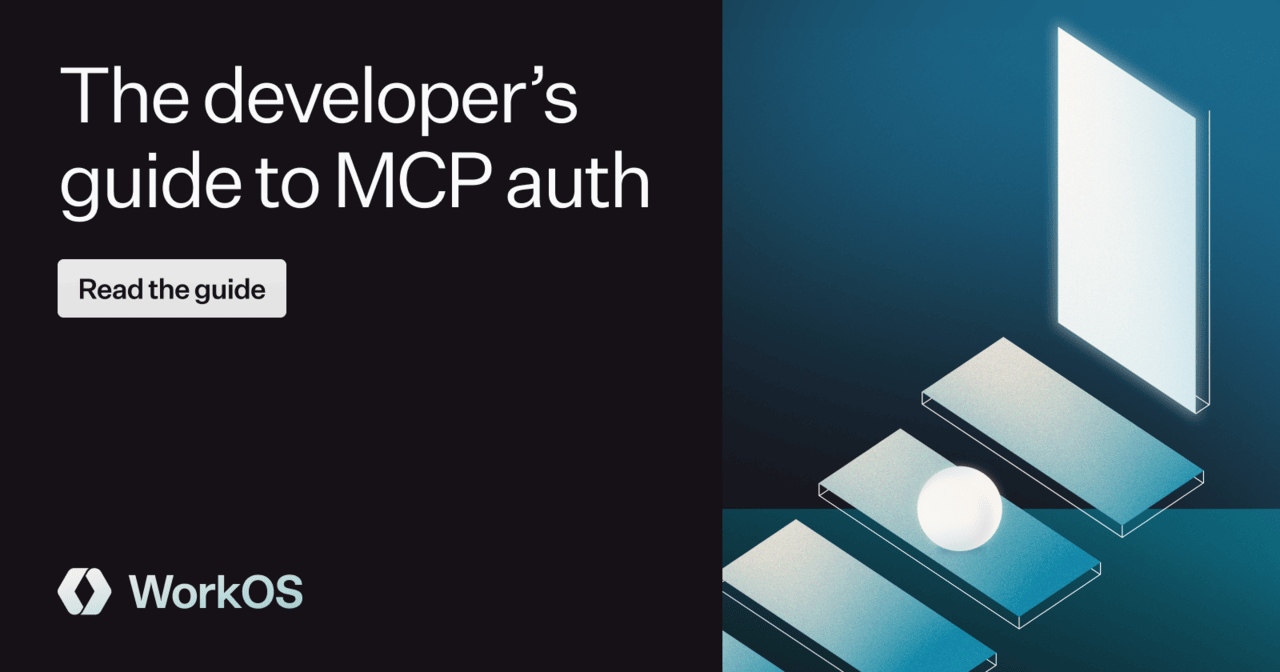Welcome, Developers! 👋
AI coding tools propel TypeScript past JavaScript and Python on GitHub while explicitly favoring React in system prompts. We also explore JavaScript source maps' compression techniques, demonstrate building functional AI agents with minimal code, and break down twelve core game design principles. | | |
| |
|

| The Developer's Guide to MCP Auth Securely authorizing access to an MCP server is complex. You need PKCE, scopes, consent flows, and a way to revoke access when needed.
Learn from WorkOS how to implement OAuth 2.1 for MCP in a production-ready setup, with clear steps and examples. |
| Read the guide | | | |
🔖 The Reading Room
Articles we have hand-picked for you: | | |
TypeScript's Rise in the AI Era
TypeScript has overtaken both JavaScript and Python to become the most-used language on GitHub in 2025. Anders Hejlsberg reflects on how what began as a pragmatic fix for JavaScript's scalability issues has evolved into the dominant language today. Static typing system makes it ideal for AI-assisted coding, providing the structure needed for machines to generate reliable, maintainable code.
By Aaron Winston → | |
Dead Framework Theory
AI coding tools like Replit and Bolt explicitly hardcode React into their system prompts because developers need maintainable code. The correlation between massive token growth on platforms like OpenRouter and React deployment surges suggests LLM tools are driving adoption. New frameworks face an insurmountable challenge: they need 12-18 months minimum to enter training data while the React ecosystem generates another 10M+ sites.
By Paul Kinlan → | |
The Inner Workings of JavaScript Source Maps
Source maps bridge the gap between minified production code and readable source files, translating cryptic error locations like bundle.min.js:1:27698 back to src/index.ts:73:16. This deep dive explores how source maps use VLQ encoding with Base64 characters to compress position mappings, storing relative deltas instead of absolute coordinates to keep file sizes manageable.
By Manoj Vivek → | |
You Should Build an Agent
Whether you love or hate AI, building your own agent is the best way to truly understand the technology and form informed opinions about its capabilities and limitations. And it's not even hard, writing an LLM agent is surprisingly simple and educational, requiring just ~30 lines of Python code to create a functional system with tools.
By Thomas Ptacek → | |
Game Design Is Simple, Actually
Game designer Raph breaks down the entire game design process into twelve fundamental principles, from understanding fun as "mastery of problems" to building complex game systems from simple mechanics. While the framework is simple to understand, each element requires deep expertise, making game design both accessible and endlessly challenging.
By Raph Koster → | | |
| |
| |
🔗 The Link Lounge Unordered finds from around the web:
Find something cool? You can send us links to feature here via email. | | | | | |
🧰 The Toolbox
Tools and products we're excited about today: | | | |
Termix
Termix is a free, self-hosted server management platform. Manage SSH connections with split-screen terminals, create SSH tunnels, and remotely browse/edit files. Learn more → | |
Bytebase
Bytebase is an open-source database DevOps platform for managing schema changes. It provides GitOps integration, automated migrations, SQL review with 200+ lint rules, data masking, RBAC, and a web SQL editor. Learn more → | |
Perspective
Perspective is an interactive analytics and data visualization component for large and streaming datasets. Features a WebAssembly query engine written in C++, framework-agnostic UI as a Custom Element, JupyterLab widget, and Python client library. Learn more → | |
image-dimensions image-dimensions gets image dimensions with minimal data reading wiithout dependencies. Supports JPEG, PNG, GIF, WebP, AVIF, and HEIF formats.
Learn more → | | | |
The Developer's Guide to MCP Auth
Securely authorizing access to an MCP server is complex. You need PKCE, scopes, consent flows, and a way to revoke access when needed.
Learn from WorkOS how to implement OAuth 2.1 for MCP in a production-ready setup, with clear steps and examples.
Read the guide → | | | | 🎤 Your Voice
Your feedback shapes what comes next! We read every email, so simply hit reply and tell us what's on your mind. | | | | | |
|
|